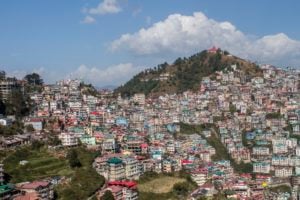Beef is a top export for many Latin American countries. It has also become a major headache for policymakers, who are increasingly under pressure from consumers and investors worried about the environmental and social impacts of cattle farms.
A solution, however, might be on its way.
Over the past decade, cattle ranchers, environmental organisations and governments have developed a set of initiatives designed to make beef production more sustainable. Their work offers a path forward to a growing number of producers looking to tap the demand for more climate-friendly products.
Livestock accounts for 46% of Latin America’s agricultural GDP’ and is largely concentrated in five countries that account for 75% of production. They are Brazil, Uruguay, Paraguay, Mexico and Argentina. The sector has boomed in recent decades thanks to rising demand from the world’s growing middle classes, whose hunger for beef is expected to endure.
75%
of Latin America's livestock production is concentrated in five countries
Expansion, however, has come at the cost of illegal deforestation, growing greenhouse gas emissions and water pollution, on top of many farms’ appalling records on workers’ rights. Brazil’s Amazon rainforest and the arid, subtropical Chaco biome that straddles in Argentina, Paraguay and Bolivia are the worst affected.
Latin America and the sustainable beef roundtable
Latin America is part of the Global Roundtable for Sustainable Beef (GRSB), a multi-stakeholder initiative created to improve the global beef value chain. The organisation, which has a presence in Argentina, Brazil, Paraguay, Colombia and Mexico works with cattle ranchers, supermarkets, meatpacking plants and others.
They define sustainable beef as a socially responsible, environmentally sound and economically viable product that prioritises the planet, people, animals and progress. The value chain must manage natural resources responsibly, respect animals and ensure the safety and quality of beef products.
Brazil was one of the first countries to embark on a path towards sustainable beef, having created a local roundtable in 2009. Industry specialists often point to Greenpeace’s “Slaughtering the Amazon” report of that year as a watershed moment in demonstrating the connection between beef supply chains and deforestation.
The report prompted some meat packing companies to promise full traceability. However, the journey since has been one of many promises and few deliveries.
Today, only the biggest companies track direct suppliers, while the rest of the supply chain is often obscure. A few companies repeated the 2009 pledges just last year, claiming they now had the technology to trace their entire supply chains. Certification initiatives, meanwhile, stalled.
“It’s a system that never gained traction,” explained Lisandro Inakake de Souza, who coordinates the climate and agriculture program at Imaflora, a leading environmental NGO in Brazil. “We couldn’t bring farms into the certification standards… Because the market is not asking for it.”
Yet, years of work have helped Brazilian producers to demystify what sustainable beef actually means. In 2016, the local roundtable launched a digital platform of sustainable beef indicators for farmers. Standards relate to efficiency, trackers for carbon emissions, respect for workers’ rights and maintaining legal reserves
Despite this, many beef and cattle suppliers stumble on the most fundamental criterion: following the law. Illegal deforestation and land tenure issues are still obstacles for a great number of Brazilian farmers. Brazilian law requires producers to preserve between 20% and 80% of their farms, depending on the region and biome.
Still, environmental crimes and land-grabbing are common and there is also confusion about the paths towards legalising a business and getting access to land titles – even when claims are legitimate.
“In the Brazilian reality, we know how difficult it may be, and how sometimes there is foul play, when people occupy public lands,“ Souza said.
However, companies aren’t standing still, as investors push for more sustainable practices. Jordan Timo, who founded Niceplanet Geotecnologia, a traceability company, helps meat giants Minerva and Frigol to track their supply chains and publish information about direct suppliers online, which consumers can access by typing in a code imprinted on their beef packaging.
“We have the technology to expand,” he says. “The important thing is that the lack of knowledge about what can be done is a tool for those who don’t want to act.”
There is a growing number of producers and industry leaders pushing for a sustainable beef industry too. Mauro Lúcio Costa, a cattle farmer in the Amazon state of Pará, might be one of the most eloquent.
For the last three years, Costa has been part of a Niceplanet pilot project to help him track his entire supply chain through his phone. The system allows him to mostly guarantee fully traceable beef (he admits that sometimes even he couldn’t find calves from sustainable farms because demand was so high).
Costa can check his phone to see if a supplier has a legal reserve of forest in the property, and whether it has been accused of enslaving workers. He has a dream of selling beef with a biodiversity seal, that shows consumers that by buying his meat they are actually helping protect a share of the Amazon forest that falls within his farm. His biggest obstacle is persuading other farmers to join him, so together they can guarantee steady supplies.
“If I could do it alone, you’d be looking at a rich man, because I would have a product no one else has,” he said.
Right now, however, consumers are not demanding this type of product. According to Souza, from Imaflora, most are more worried about animal welfare and whether packaging is biodegradable. Still, Costa believes if enough farmers come together, they would be able to cultivate a market demand.
“Steve Jobs didn’t wait for anyone to want an iPhone, he invented it and then sold it,” he said.
Catching up
In Paraguay, GRSB also created a set of indicators to measure whether the beef value chain can be sustainable. Preliminary results show that is actually the case, according to Hugo Sánchez, the head of GRSB’s local branch. This is because Paraguay’s cows are mainly grass-fed and hormone-free.
“Most of our production is sustainable but we still have to prove that with proper certification. Paraguay lacks information about its beef sector and we want to change that,” Sánchez said. “Doing so would enable us to sell our beef to premium markets and at a higher price. But it’s a long road ahead, we aren’t identified now as a beef-producing country.”
The world is changing. Either we catch up or we will be left behind
Still, Sánchez acknowledges producers’ negative image producers because of deforestation in the Chaco region. Deforestation in the area is legal, but producers have to keep 45% of trees on their land untouched. More than 2.9 million hectares of Chaco forest were cleared between 2010 and 2018, according to the NGO Guyra Paraguay.
In Argentina, the local branch of GRSB is now building a similar set of indicators to those used in Paraguay. They acknowledge that not all beef produced in the country is sustainable but hope the indicators will help give a clearer picture. Sustainability means fulfilling all national laws while seeking further improvement, they argue.
“The world is changing. Either we catch up or we will be left behind,” Federico Baiocchi, head of Argentina’s GRSB branch. “Consumers are pressuring the beef sector to be more sustainable. And there’s a long list of areas in which we could improve, from traceability to greenhouse gas emissions. We are at the very bottom, so we can only improve.”
Cows no longer graze freely in the vast Pampas of Argentina and are instead driven into feedlots to be fattened. Hormones are also authorized and there’s no electronic traceability. Deforestation remains a big problem. Last year, 114,716 hectares of Argentina’s forests were cleared, according to Greenpeace.
Across the continent, most producers look to Uruguay as an example. The country’s high standards have enabled it to sell beef at a higher price. Most cows roam in the open, feed on grass and are electronically traced.
Timo, of Niceplanet Geotecnologia, says he is confident that Uruguay’s model of tracing every single cow is the path forward for Brazil too – and that it could also sharply increase farmers’ profits. “We always thought Uruguayan producers could charge more because they had higher quality in their product,” he said. “But it’s not that. It’s traceability.”
Cross-regional initiatives
The beef roundtable is not the region’s only initiative. Some farms already produce beef with a sustainable certification, such as those belonging to the Grasslands Alliance, an initiative led by the NGO BirdLife International that operates in Argentina, Brazil, Paraguay and Uruguay.
Producers are asked to keep at least 50% of their grassland untouched, account for the well-being of the animals during their lifespan and guarantee health and safety conditions for the consumer. In return, they sell their beef with the Alliance’s seal.
As of 2020, the initiative covers 621,000 hectares and 444 rural establishments across its four countries.
“We have all sorts of producers as part of the alliance. Some join because of the possibility of adding value to their production and increasing their profits. But others feel proud to have a different product from the rest,” Gabriela Gabarain, coordinator of the Grasslands Alliance in Argentina, said.
The United Nations Development Program (UNDP) has worked with Paraguay’s national government on the Green Chaco initiative for five years. They train over 3,500 small and large producers to improve their practices.
“We are trying to find the way for producers to be more efficient and sustainable so their beef can access premium markets,” Rafael Gadea, the project’s coordinator, said. “Production is mostly sustainable, but it has yet to prove that though an actual certification.”
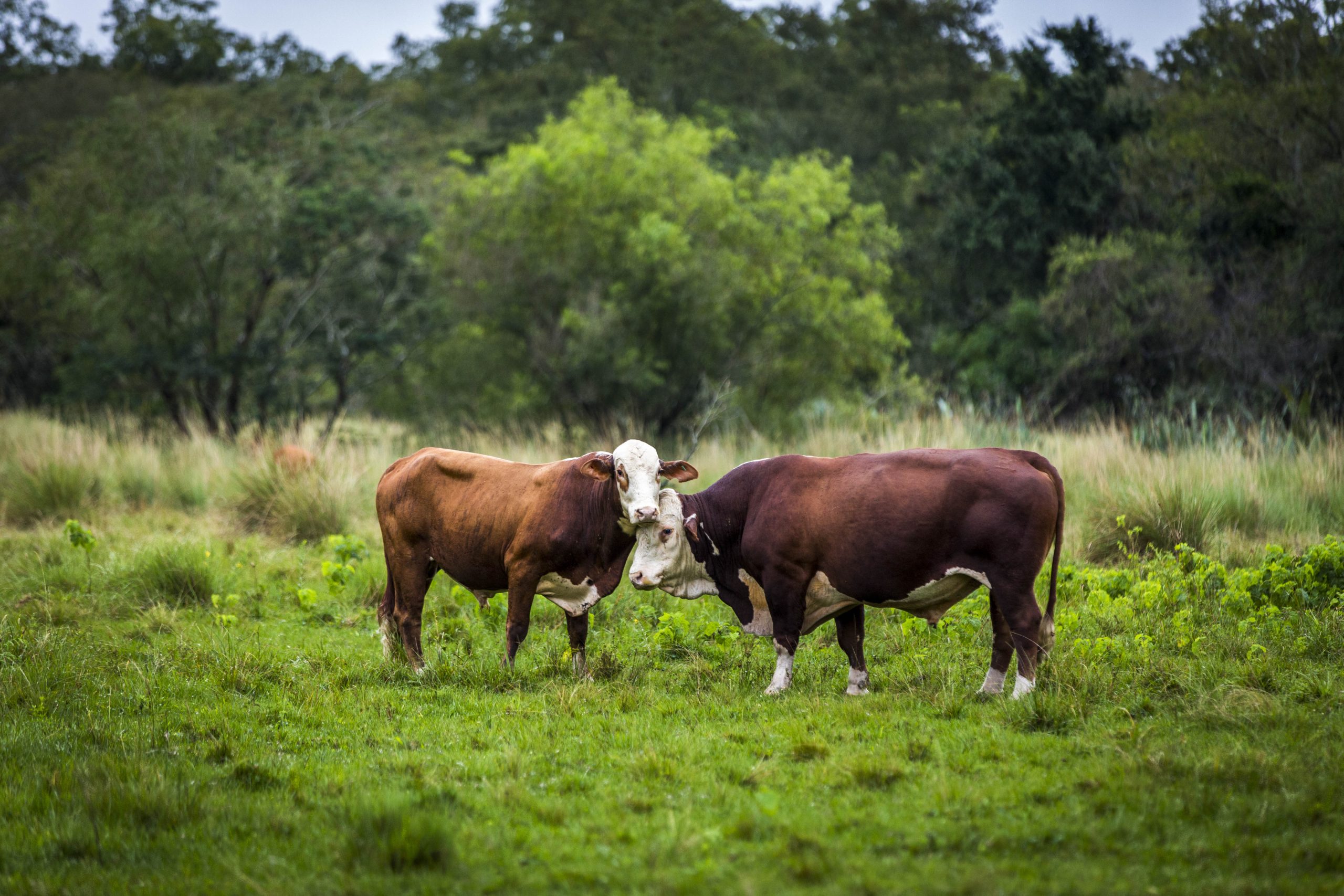
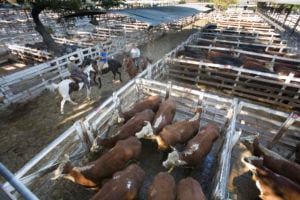

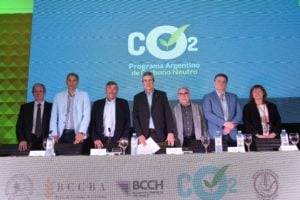
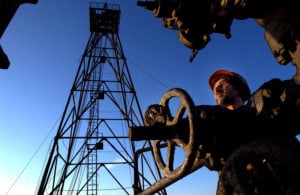
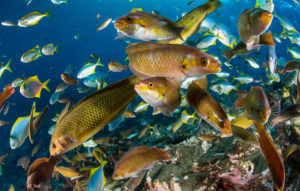
![Indian father riding on at electric three wheeler with his child [image: Suman Kumar / Alamy]](https://dialogue.earth/content/uploads/2021/05/2BHEFB6-300x200.jpg)
